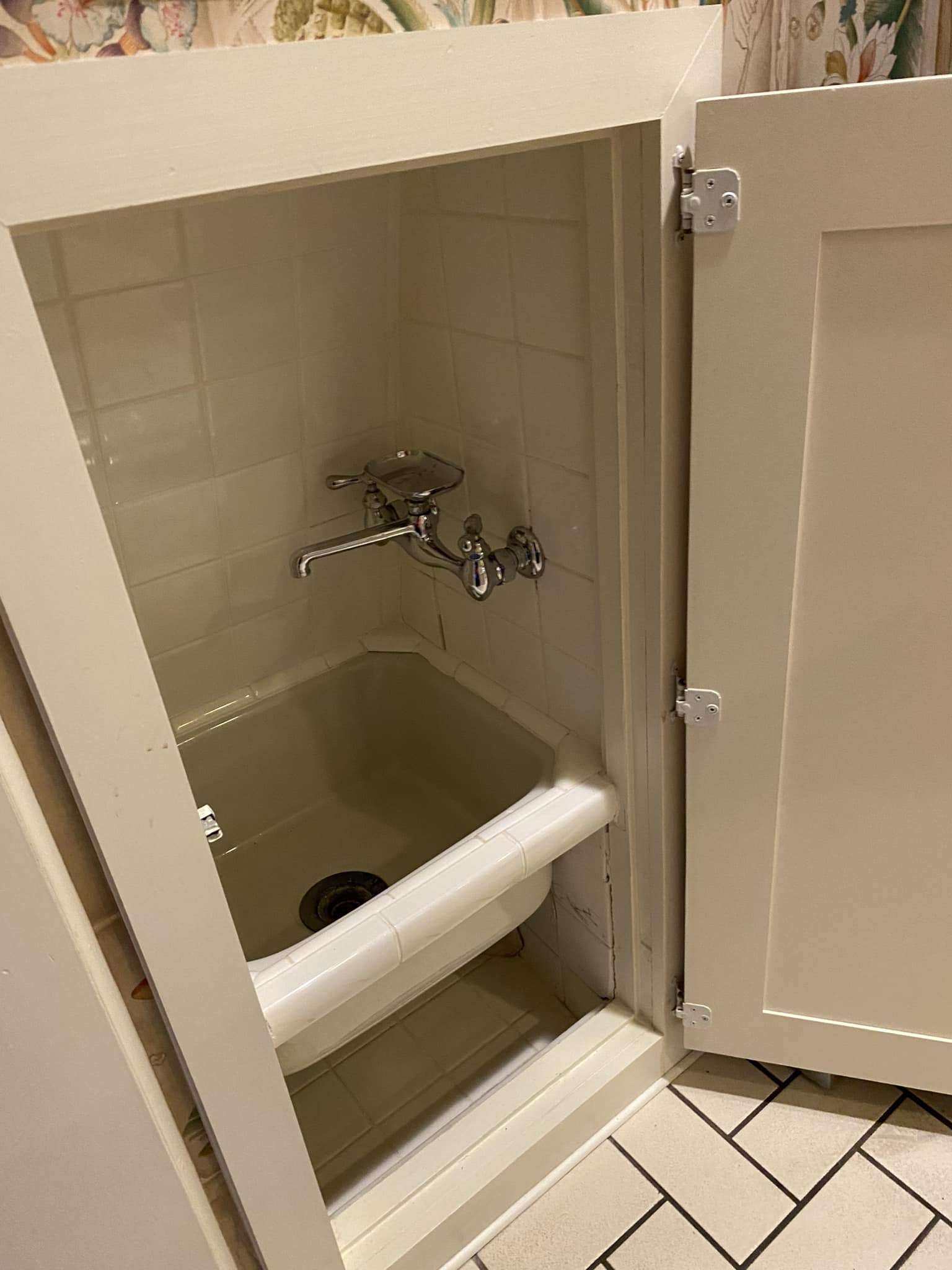In the many revolutions in architecture and interior design at home, certain features seem to perfectly capture the lifestyle, social structure and quotidian habits of the world in which they’re discovered. The mop
sink, at knee level, is one of them. This modest but visionary hunk of plumbing used to be a mainstay of yesterday’s grand estates and historic manors. It is a fascinating peek into the world of historical domestic arrangements and home design in transition.
sinks were made from hardy materials such as stone and early porcelain. Designers intentionally placed these at a lower height so that you don’t have to raise mop buckets to fill or empty them. This design wasn’t just the more efficient way to go. It was also a real expression of concern for the comfort and safety of the servants or staff who, after all, would be disposing of these items day after day. Sinks like these were ideal for mopping at knee level.
A homeowner would normally install these sinks in mudrooms or utility spaces and away from formal rooms. Their placement reflected a contemporary desire to keep domestic labor out of sight. They wanted to hide it from the more genteel residents of the home. To have a mopping sink at knee height spoke volumes about how central manual labor was and the need to find ways to lighten it.
